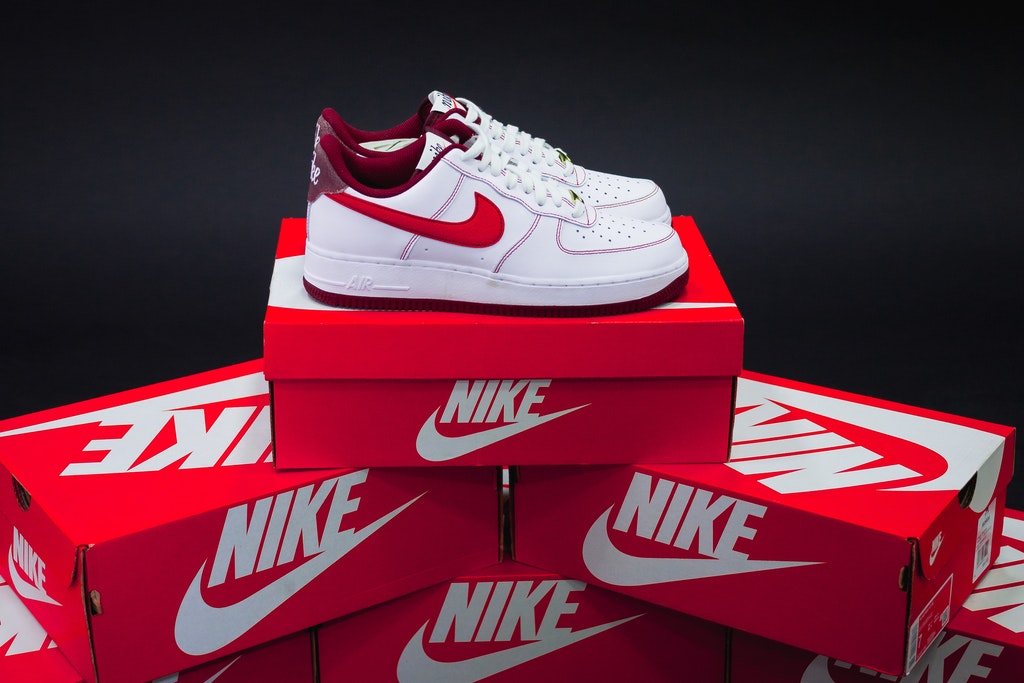Experiential branding, otherwise known as engagement branding, will set you apart from competitors with similar products and services. The main focus of this branding is to create an experience for consumers to connect with.
Experiential branding and experiential marketing are often compared, but they are different. Experiential marketing should be an extension of your branding. They work hand in hand.
Below we’ll explain the difference between experiential branding and marketing and how to build an experiential brand for yourself.
The Difference Between Experiential Branding And Experiential Marketing
Branding is building consumer relationships by communicating a purpose and promise to them. Marketing is what you’re doing to actually reach them. Experiential marketing is putting in the actual footwork and showing up for that promise.
Often compared to event marketing, experiential marketing is at places like concerts and festivals. However, it’s not so much about the event and actually about showing up and creating a memorable experience between your brand and consumers.
Branding and marketing work in sync with one another, so it’s vital that you focus on both equally. Branding is what makes your marketing authentic and meaningful to consumers.
The Benefits Of Creating Brand Experience
Experiential branding is what can truly set you apart from your closest competitors. Aside from getting ahead of competitors, with this branding strategy, you can,
- Boost brand loyalty
- Create brand awareness
- Generate leads
How people experience your brand is why they keep buying products from you or using your services. You may think that you have the best prices or quality, which could be true. However, you’re probably appealing to something deeper.
Examples Of Experiential Branding
Apple is a great example of experiential branding. Every aspect of the purchasing process from the store to packaging and even advertisements coincides with the brand experience.
Nike is another excellent example. They aren’t just selling shoes that look cool. They’re selling motivation and ambition to be active. This is apparent from their trademark “just do it.”
The most successful brands understand and use experiential branding strategies because they know it works. Think about where you grocery shop, where you buy your clothes, and why you purchased your vehicle, and you’ll notice you’ve created a connection with those brands. What did they promise you outside of the product or service?
How To Build An Experiential Brand
Building an experiential brand means caring about the experience consumers have through the entire purchasing process. It matters how the customer feels before, during, and even after the purchase.
So how do you create this amazing experience? Here are a few essential factors.
Understand Your Purpose
The first step to creating a brand experience is understanding your purpose. Once you know your identity and purpose, you can portray your brand’s message more efficiently.
Tell Your Story
Once you figure out your purpose, tell your story. Consumers will trust you more when they know a little about you too. Where did you come from? How did you get to where you are now? Use your story as fuel to inspire others or even allow them to relate with you.
Storytelling also humanizes your brand. Otherwise, you’re just another company trying to make a quick buck.
Consistency Is Key
We used Apple as a great example of a company creating a brand experience. One of the reasons they were so successful is because all aspects of their experiential branding work together.
Your brand’s color palette, logo, and typography should remain consistent. Visual consistency isn’t the only thing to focus on though. Your social media posts, store personnel, and customer support should align with your brand personality and overall message too.
People enjoy what’s familiar and feel comfortable with a consistent experience. It’s something they can trust.
Get Creative
Do not be afraid to think outside the box when creating experiential brand campaigns. Consider your audience’s hobbies and think of fun and creative ways to incorporate that into your campaign.
Our team has your back if you’re having trouble figuring out experiential branding or need some assistance working out the kinks. As a business owner, trying to juggle every aspect of your branding and marketing may start to feel out of reach as your company grows.
As your local marketing experts for over 25 years, we know exactly how to portray your brand to create an experience for customers they’re sure to return to.
Contact us online or call at 727-531-7622 to speak with a member of our team about experiential branding.

